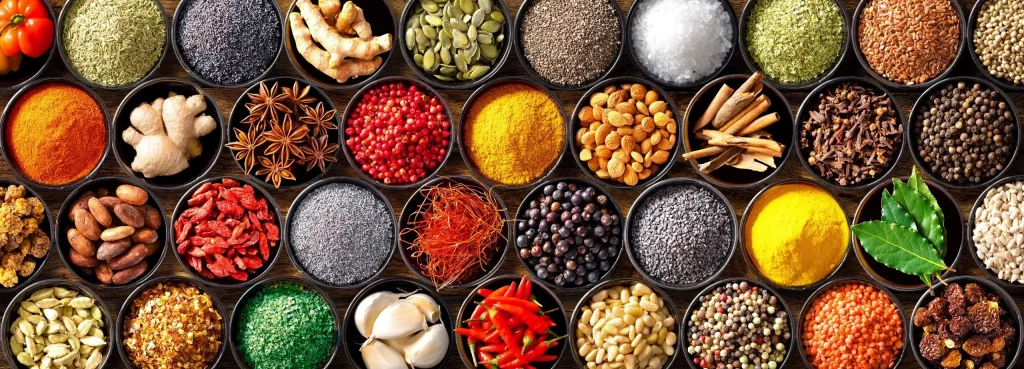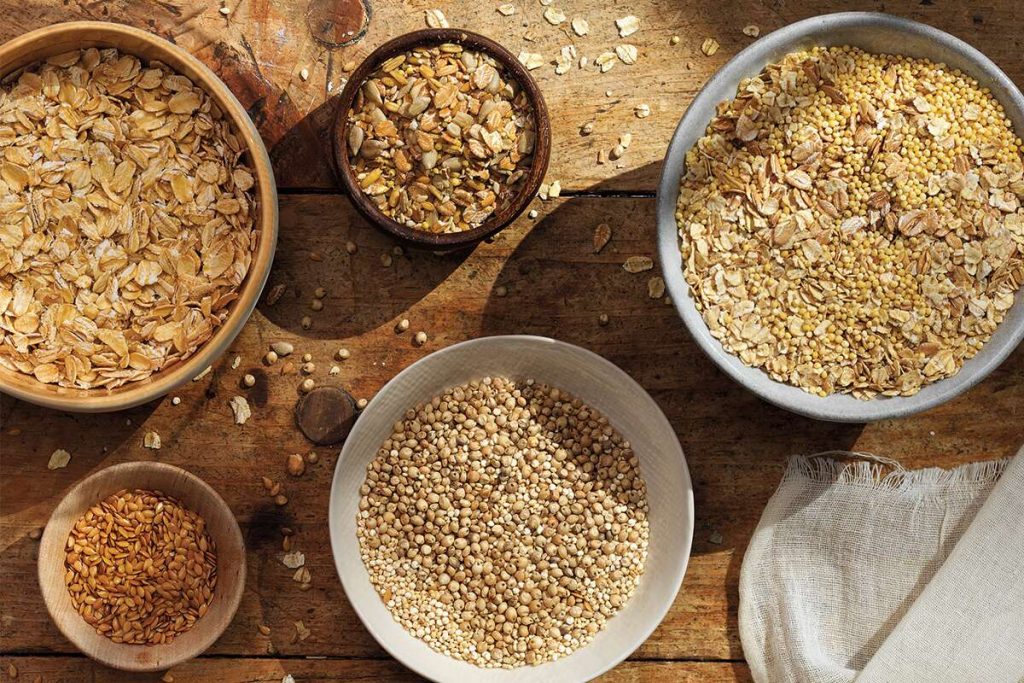Taste, one of our fundamental senses, is a complex and fascinating aspect of human physiology. It shapes our culinary preferences, influences our food choices, and plays a pivotal role in our overall dining experience. Let’s delve into the science of taste to understand how our taste buds work and why we’re drawn to certain flavors.
The Basics of Taste
Taste, or gustation, is primarily detected by the taste buds located on our tongues and the roof of our mouths. These taste buds are clusters of specialized sensory cells that respond to different taste qualities.
The Five Primary Tastes
Sweet: Detected by taste buds at the tip of the tongue, sweetness is associated with energy-rich foods and often indicates the presence of sugars and carbohydrates.
Sour: Sourness is perceived along the sides of the tongue and is typically linked to acidic substances. It can serve as a warning of potentially spoiled or unripe foods.
Salty: Saltiness is sensed by taste buds on the front and sides of the tongue. It helps us identify essential minerals like sodium.
Bitter: Bitterness, located at the back of the tongue, can indicate the presence of potentially harmful substances. It’s a defense mechanism to prevent the ingestion of toxins.
Umami: Often described as savory or meaty, umami taste receptors are distributed throughout the tongue. Umami is associated with amino acids like glutamate and is prevalent in foods like tomatoes and mushrooms.
Flavor: More Than Taste
Flavor isn’t just about taste; it’s a multisensory experience. It also involves our sense of smell (olfaction) and the way food feels in our mouths (texture). When we eat, our brains combine taste, smell, and texture information to create the perception of flavor.
The Role of Genetics
Individual taste preferences can vary due to genetics. Some people are more sensitive to certain tastes, such as bitterness, which can affect their food choices. Genetic variations can also influence our perception of sweetness and saltiness.
Cultural and Learned Influences
Culture and upbringing play a significant role in shaping our taste preferences. The foods we’re exposed to as children and the culinary traditions of our families and communities contribute to our flavor preferences.
The Pleasure of Eating
Our brains are wired to find certain tastes rewarding, like sweetness and umami, as they signal the presence of energy-rich and protein-rich foods. This pleasure response encourages us to seek out these flavors.
Conclusion
The science of taste is a captivating exploration of our sensory perceptions and their impact on our eating habits. Understanding how our taste buds work and why we’re drawn to certain flavors enhances our appreciation of the culinary world. It’s a reminder that every bite we savor is not just a physical act but a multisensory journey that engages our senses and connects us to the pleasures of food.


